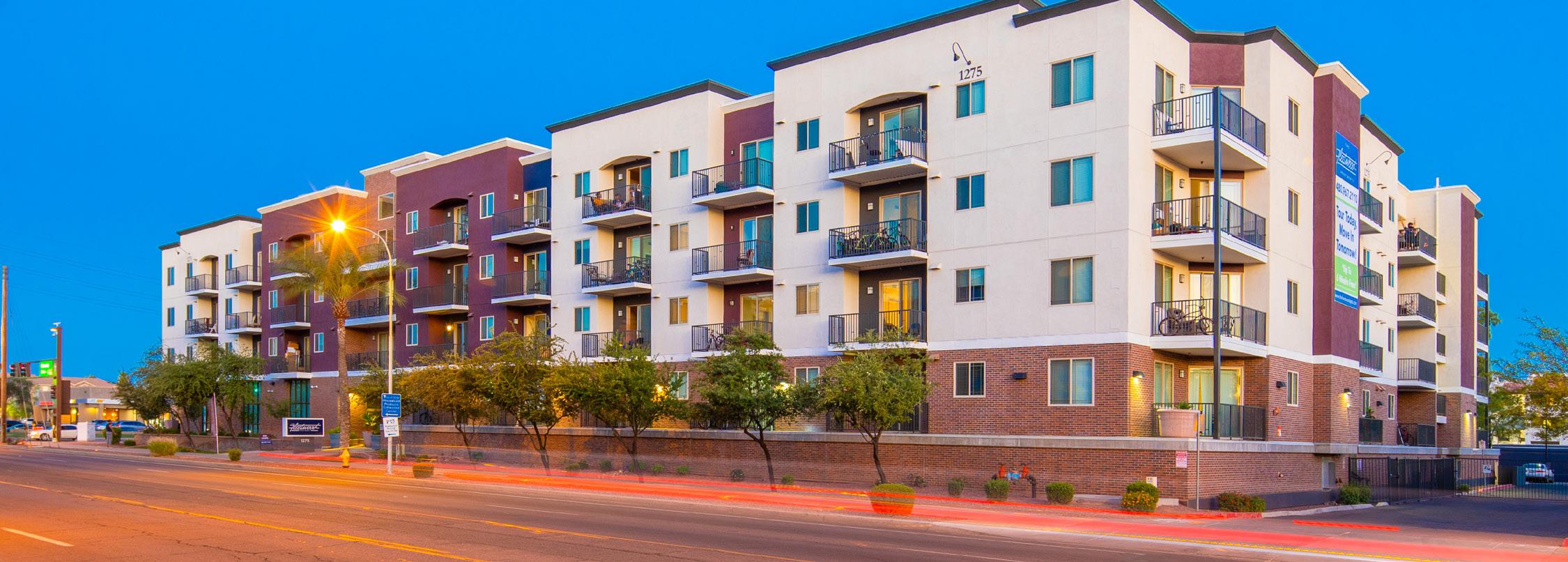THE PATHFINDER
REPORT September 2020
IN THIS ISSUE 2
CHARTING THE COURSE MEGATRENDS: Pandemic Accelerating Some, Reversing Others
5
FINDING YOUR PATH The Death of Retail?
8
GUEST FEATURE: The Elephant in the Multifamily Boardroom – What Will Happen to Values
11
ZEITGEIST: NEWS HIGHLIGHTS
13
TRAILBLAZING The Fleetwood, Tempe, AZ
15
NOTABLES AND QUOTABLES Wisdom
T HE PAT HF I N DE R R E PO R T: SE PTE MB E R 2020
1






